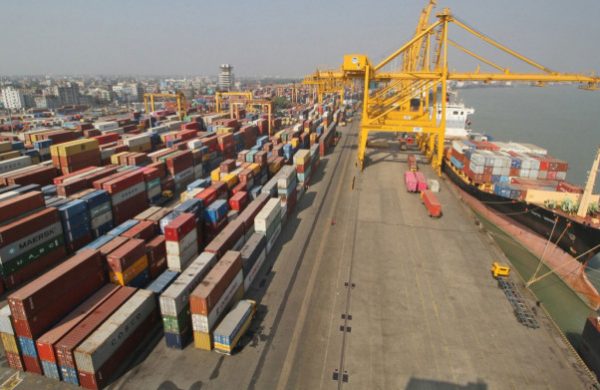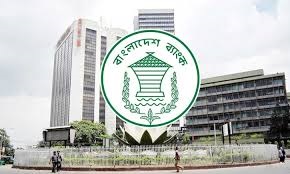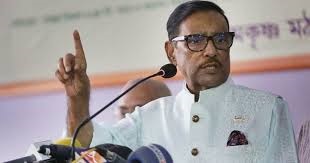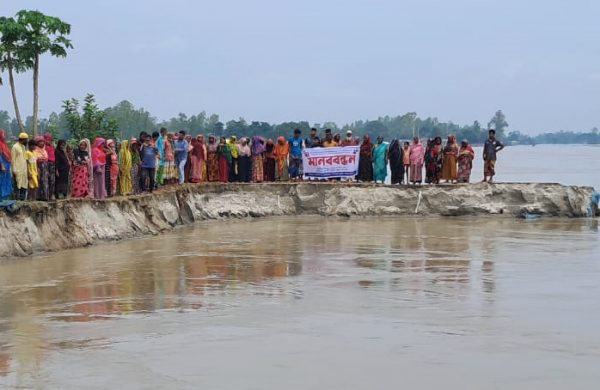Upcoming budget 2024-25: No good news of allocation yet for health, edu sector
- Update Time : Thursday, May 16, 2024

TDS Desk:
The education sector took a huge hit during the Covid-19 pandemic. The shambolic condition of the health sector was also revealed during that time. Despite this, the two sectors involving fundamental rights are not getting sufficient attention in the national budget.
Though the allocations grow in terms of money, the growth is very little in proportion to the gross domestic product (GDP). The same negligence is likely to continue in the next budget of 2024-25 fiscal year.
According to the World Bank, Bangladesh is one of the 10 countries that allocates the least amount of money in the education sector in proportion to its economy size.
On the other hand, the World Health Organization (WHO) says a Bangladeshi needs US$88 annually for basic health services but the amount spent is US$58, which is mostly provided by the citizens.
An analysis of allocations granted in the last five national budgets revealed that the allocation in the education sector remained close to 12 per cent and in the health sector around 5 per cent of the budget. The amount is nearly 2 and 1 per cent in comparison to the GDP.
The budget shows allocation in education and technology together. The finance ministry source said the education sector would get Tk 1 trillion and the health sector Tk 420 billion in the next budget. This money will be spent for the operation of the government and annual development programme (ADP).
The cost in running the government means salary and allowances of the teachers, officials and employees and maintenance costs while the money of ADP is supposed to spend for the development of human resources and construction of buildings for educational institutions. But the authority shows preference in construction of buildings. The same is seen in the health sector too.
“We had to employ foreign engineers for the construction of Padma Bridge. But I don’t see sufficient steps being taken to create skilled and time-befitting human resources at home,” said Educationist Syed Manzoorul Islam.
The government, however, is giving importance to roads and communication and energy sector over health and education in allocating money. Health and education sectors do not feature among the top three sectors in terms of securing allocation in the next fiscal year. The top three sectors are: local government division, road transport and highways division and the power sector, with about 40 per cent of the ADP.
Experts think visible development is possible through spending in projects in these sectors.
On the other hand, the health and education sectors would get less than 20 per cent of the ADP of nearly Tk 2.65 trillion, says planning ministry sources.
Speaking about this, noted educationist Syed Manzoorul Islam said money should be invested in the sector that would yield more benefit. That is why priority should be the health and education sectors.
He further said we will have to import human resources from abroad if we cannot create skilled human resources here. The number of jobless among the educated is more but we are being forced to import human resources from India, Sri Lanka and other countries. They have been remitting US $6 billion annually which is one fourth of our remittance income.
“We had to employ foreign engineers for the construction of Padma Bridge. But I don’t see sufficient steps being taken to create skilled and time-befitting human resources at home,” Syed Manzoorul Islam added.
Bangladesh among 10 countries with least allocation in education:
Of the 189 member states of the World Bank, Bangladesh is one of the 10 countries that allocate the least amount of money in education in proportion to the GDP, says the data bank of the global lender. The amount is a mere 2 per cent of the GDP, it says.
Though the amount of allocation grows in terms of money, the growth is very little in proportion to the GDP. The same negligence is likely to continue in the next budget of 2024-25 fiscal year
Bangladesh is followed by Bermuda, Haiti, Mauritania, Cambodia, Laos, Monaco, Papua New Guinea, Somali and South Sudan. Most of them are known as extremely poor countries.
The amount should be enhanced to at least 6 per cent of the GDP, say the experts. To achieve this, Bangladesh will have to allocate 20 per cent of money from the budget to the education sector.
55 out of 58 projects about building construction:
The Secondary and Higher Education Division of the education ministry has 58 projects in the ADP of the coming budget. Of the 58 projects, 55 are about construction of buildings and their beautification.
Four out of seven projects of the primary and mass education ministry are about construction of buildings. There is almost no proposal to spend for the training of teachers and enhancing the capacity of students.
The planning ministry sources said the education sector will get an allocation of Tk 315.28 billion, which is equivalent to 12 per cent of the ADP though the 8th Five Year Planning mentioned about allocating 16 per cent of the ADP.
Allocation stuck at 12pc:
An analysis of allocations made in the last five budgets shows that though the amount of money increases in the education sector, the proportion remains close to 12 per cent. This suggests that the government’s priority to the sector is not improving.
Tk 611.18 billion (11.5 per cent) was allocated to the sector in 2019-20FY, which was Tk 881.72 billion (11.57 per cent) in the ongoing 2023-24FY.
A serious learning deficit was found among the students as classes remained closed for nearly 18 months during the Covid-19. Though online classes were taken, this was not implemented much efficiently in the schools at villages.
Several government and non-government studies put emphasis on taking steps to recover the learning deficit but the government did not take any such project.
The student and teacher ratio at the primary and secondary school levels is 33:1 and 36:1 respectively, which is close to the government’s target. But the policymakers do not pay much attention to enhancing the efficiency of teachers, their training and other issues that could create skilled human resources in the sector.
Educationist Syed Manzoorul Islam said, “We all know the weaknesses in the education sector but we cannot keep the sector lame on excuse of weakness in budget management. Political will is necessary to raise the proportion of allocation. Teachers of excellence should be appointed. Besides, social accountability is also required.”
Health budget as usual:
There will be no big change in the health budget as well despite urges from different quarters on making more allocations to the sector following the Covid-19 pandemic that showed the symbolic nature of the sector. The allocation in the budget remains close to 5 per cent of the budget and 1 per cent of the GDP.
The amount of allocation for the sector was Tk 292.45 billion (5.14 per cent of the budget) in 201-20FY, which was raised to Tk 380.52 billion in the ongoing budget of 2023-24FY.
The amount could be raised to Tk 420 billion in the next budget, said finance ministry sources.
About 7.8 per cent (nearly Tk 206.82 billion) of the ADP will be allocated to the health sector in the next budget. The 8th Five Year Plan spoke about raising the allocation to 11 per ent of the ADP.
Currently, 56 development projects related to the health sector are being implemented. Twenty eight of them are about construction of hospital, clinic and other buildings while the remaining are involving research, enhancing efficiency and making services automated.
Health sector:
Per capita medical expenditure in Bangladesh is very low compared to neighbouring countries. The medical cost of a person in Bangladesh is $58 per year, says WHO. But the amount is $74 in India, $180 in Bhutan, $1038 in Maldives, $166 in Sri Lanka and $65 in Nepal.
Experts say that two-thirds of the money ($39) a Bangladeshi spends in the health sector comes from his own pocket. But the amount should be at least $88 to ensure basic health care.
Relevant people say that hospital buildings are built, 100-bed hospitals are upgraded to 200 beds but human resources are not recruited accordingly. As a result, buildings and equipment remain unused.
Recently, Prime Minister Sheikh Hasina in a meeting of the Executive Committee of the National Economic Council (ECNEC) directed to prioritise the recruitment of human resources before taking up such projects.
Speaking about this, Syed Abdul Hamid, professor of the Institute of Health Economics at Dhaka University said, “The health sector is not a priority for policymakers. The sector got some attention during the Covid-19 pandemic. But they no longer pay attention to this. The health sector needs to be revamped.
Syed Abdul Hamid further said that the allocation in the budget should be increased to activate the health activities of the state. Investments should be made to increase the number of physicians, nurses and other human resources to enhance healthcare. Human resources should be provided for vacant positions. But the government is more interested in constructing buildings as there is interest there. There is no investment in services. Buildings are inaugurated but not services. (Source: Prothom Alo)
























